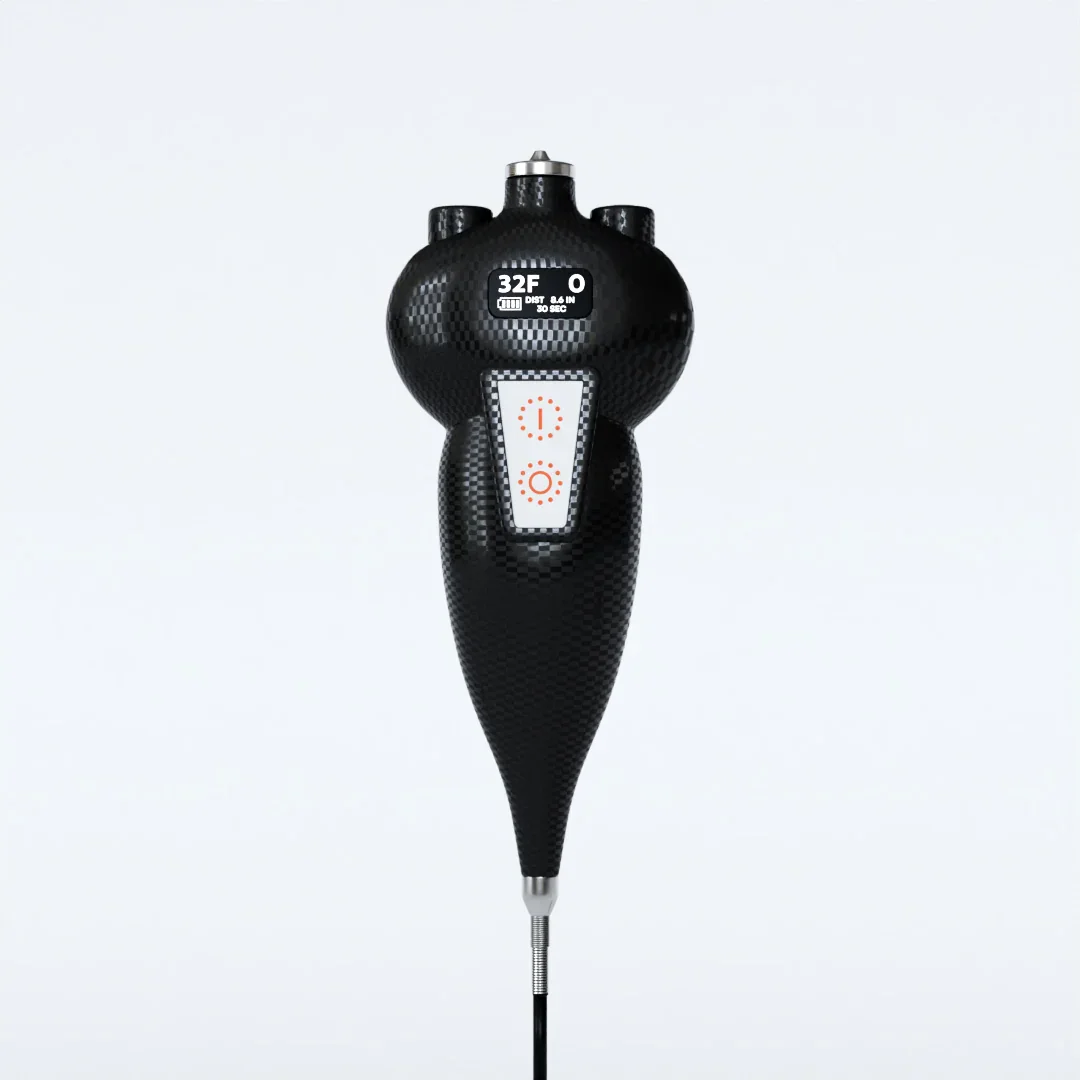3 Essential Post-Show Recovery Steps Every Performance Horse Needs
1. Hydrate & Restore Electrolytes
When your horse returns from a show day (hauling, high adrenaline, sweat, heat), hydration and electrolyte balance are absolutely critical. Sweat depletes sodium, potassium, chloride, calcium, and magnesium; if you don’t restore them, you’ll risk muscle fatigue, cramping, tying up, and delayed recovery.
Recovery protocol:
As soon as your horse is unloaded and calm, offer fresh, clean water + a mash of soaked hay or beet pulp to encourage fluid intake.
Add a top-quality electrolyte supplement tailored for performance horses (indicated for heavy sweating, travel, and show days).
Continue offering free-choice water and clean forage for at least 12–24 hours post-show, and monitor urination and alertness.
Avoid high-starch grain loads in the first 24 hours, as the body redirects blood flow from the muscles and gut, and adding heavy grain can stress digestion.
2. Time Your Therapies Wisely (Cryo → PEMF → Laser)
Recovery is not just what you do but when you do it. Your horse’s tissues (muscles, fascia, tendons) go through phases after exertion: inflammation, circulation/repair, and remodeling. Using therapies in the correct sequence maximizes benefit; doing them too early or too late reduces effect or even increases risk of damage.
Recommended sequence & timing:
Immediately after the show (within 0-2 hours): Cryotherapy (ice or cold therapy) on legs, back, glute/hindquarters if high-intensity run. Goal: blunt acute inflammation, limit swelling, reduce micro-trauma
12–24 hours later: Use PEMF (Pulsed Electromagnetic Field) therapy to stimulate cellular repair, increase circulation, and reduce deep tissue fatigue.
24–48 hours later: Apply Class IV Laser therapy to target deep muscle layers, fascia, tendon insertion sites — accelerating remodeling and returning the horse to full suppleness.
3.Prioritize Rest & Soft Tissue Recovery
Recovery after shows can look different for each horse. A great place to focus on is: circulation work and soft-tissue release, just as much as a human athlete would. If you load up again too soon, you risk cumulative fatigue, compensatory movement patterns, and soreness.
What to do:
Day 1 post-show: Soft turnout, light-moderate walking, hindquarter flexes, neck stretches, focus on circulation rather than performance. Unless there is a training issue that needs to be addressed immediately.
Day 2-3 post-show: Monitor behavior, gait, heat/swelling, attitude. If all looks good and after your therapy sequence (cryo/PEMF/laser), you can begin re-schooling.
Use soft-tissue tools: massage, fascial release, acupressure points for glutes/hind/hamstrings, and leg stretches to help fluid movement of fascia and lymph.
Why it matters:
Soft-tissue recovery keeps joints lubricated, fascia supple, and helps prevent micro-injury from compounding. If you skip it and go straight back to hard work, you could be asking for a breakdown in durability.


